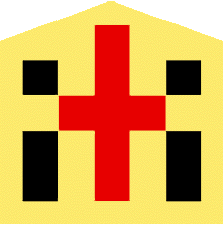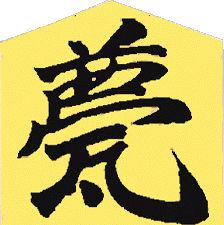 |
|
Far infrared type for home useCoffee Bean Roaster |
『Protrusions from Wall』 |
After all, by chance, the roasting with a wide opening, which is currently
in use, is the best shape for the process.
I have been roasting with a parching pan for over 20 years. It is hard
work to hold a parching pan, in which about 100g of raw beans is in, over
the fire for 15 to 25 minutes, and to stir the beans with a bamboo spatula.
I like blended coffee, so I roast four kinds of raw beans every time. If
you are not patient this becomes a chore rather than a pleasurable experience.
This led me to ask two questions. First, how do I make this process more
efficient? The second question is based not only on the mechanics of an
efficient device but also on coffee as a tool that connects people. The
second question was, can it be automated? It may be possible to increase
radiation of far-infrared rays by changing the composition of the glaze
and clay of the pottery. However, it is difficult for individuals to alter
various materials and glazes and to measure the amount radiation. Then
I came up with the idea of "increasing surface area". Far-infrared
is emitted from the entire surface of the pottery, so increasing the surface
area should increase the amount of radiation. To increase the surface area,
you should make the inside of the container uneven.
To address efficiency, I found the best solution to be an "increasing
of the surface area." Far-infrared is emitted from the entire surface
of the pottery, so increasing the surface area results increase the amount
of radiation. To increase the surface area, the inside of the container
needs to be uneven.
However, considering efficiency, I noticed that the angle of the vertices is important when arranging the protrusions on a plane. The actual inner surface of the pan is curved in a concave shape. When attaching protrusions to a concave curved surface, the angle at which the slopes of adjacent protrusions intersect must be a little bigger than 90 °
Please see the figure below.
|
 |
|
There are three triangles A, B, and C, with the same base length but different vertex angles. The vertex angle of A is larger than 90 °, the vertex angle of B is just 90 °, and the vertex angle of C is smaller than 90 °
C has a more extensive area because it is taller than the others. It is
not good to have only a big surface because the far-infrared rays from
near the bottom hit the adjacent triangle, where they are absorbed and
do not reach the beans. "A substance that emits far-infrared rays
well has the characteristic of absorbing far-infrared rays well."
(Far-infrared rays association FAQ Q4). Therefore, the effective far-infrared
rays that reach the beans in C are limited to the surface surrounded by
the red line in the figure.Hence, the effective area is much smaller than
it looks, the only area that is near to the top of triangles.
The following finding concerns the apex angle of the protrusion that should
be 90 degrees in order not only to maximize the total surface area but
at the same time to irradiate all the emitted far infrared rays to the
beans. The total surface areas of quadrangular pyramids, triangular pyramids,
and cones,with vertices of 90 °were found through a set of calculations
and a comparative analysis. As a result, I found that the total area of
the regular quadrangular pyramid is the largest compared to other shapes,
and the total surface area is 1.42 times larger than when the area where
there are no protrusions.
(Since the inner surface of the actual roasting is gently concave, the apex angle should be larger than 90 °. Let the radius of the curved surface of the inner surface to be R and the distance between the vertices is 2 mm, the apex angle is 90 + 36 / (πR). )
|
|
|
|
|






